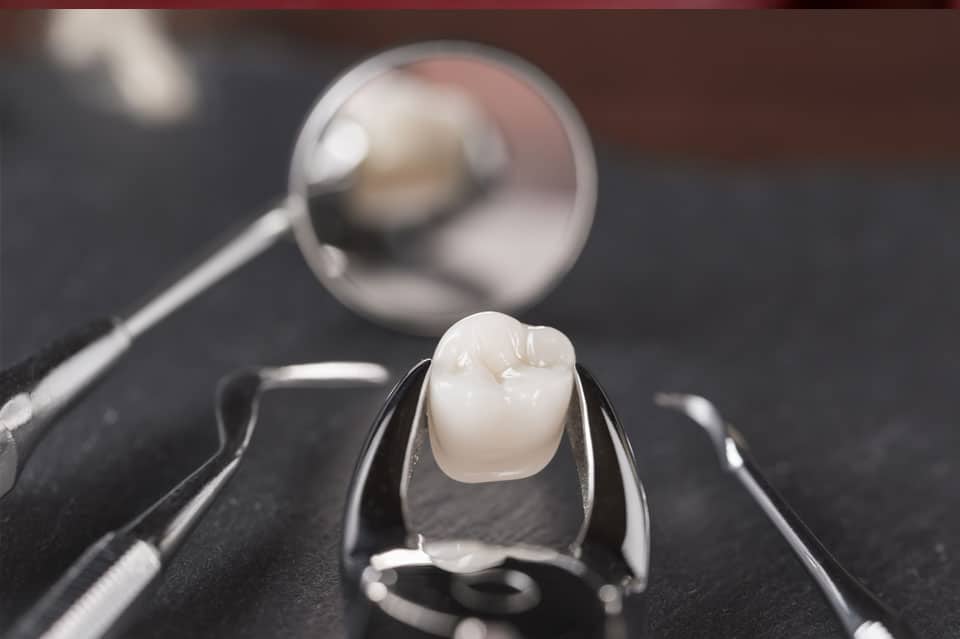What Are Fillings & What Type of Tooth Filling Is Right for You?
When it comes to fillings, there are two main types: amalgam and composite. Composite is made of plastic and resin, while amalgam contains metals like silver, tin, and copper. Most of the time, the decision between these two materials comes down to cost and appearance — some dentists might suggest one over the other because they want to save money or they want their patients’ teeth to look a certain way after treatment. Learn more about both types of fillings in this guide on what type of tooth filling is right for you!
Dental Anatomy 101
The Basics on Front Teeth and How to Take Care of Them: Teeth are made up in layers, like an onion. The outside, or external layer is called enamel and is what gives your teeth that shiny white color; it’s also what gives teeth their strength. Underneath that, there’s dentin (the middle layer) which is a softer tooth structure that provides protection for our teeth. Underneath both of these layers lies a network of nerves and blood vessels.
Cavity-Filling, or Nonstick, Dental Fillings
Do You Need One or Not? : Cavity-filling, or nonstick, dental fillings are made from resin and other synthetic materials that have proven to be effective at restoring a tooth's shape. While these fillings aren't reversible (as composite fillings can be), they can last up to 10 years without any need for replacement. They're also easy to install, with many dentists using an inlay technique called a cold chair process that uses vibration rather than heat. Your dentist may also use an overlay technique if you have multiple cavities to fix. The downside of cavity-filling fillings is that they're relatively weak when compared with composite fillings and might not work as well if you grind your teeth while sleeping.
Composite Resin Dental Filler

Composite fillings, also known as white fillings or tooth-colored fillings, are probably what you imagine when you think about dental work. Composite is a material that looks very similar to your own teeth and can be used to fill cavities, damaged or discolored teeth, or even holes from missing teeth. Your dentist will create a mold of your tooth and use it to carve out any damage inside. Then he or she will smooth out the resulting cavity with a filler made from composite resin.
Cerec 3D Dental Veneers
If you’re interested in porcelain veneers, Dr. Tashjian and his team at Cosmetic Dental Arts have found an even better way to restore front teeth: CEREC 3D technology. Using state-of-the-art digital scanning, CAD/CAM milling (think 3D printing), and tooth-colored porcelain veneers as thin as 0.3mm, we can give you a gorgeous smile that appears completely natural. You won’t even notice it—except for your improved smile! Teeth cosmetically prepared by CEREC technology cannot be identified from those prepared by hand!
Porcelain Inlays and Onlays
Inlays and onlays are custom-made tooth restorations that are usually made with porcelain. This type of dental restoration can replace parts or all of a tooth and is used in conjunction with a crown. Inlays and onlays are very similar to one another, but they differ in size. An inlay replaces part of a tooth, while an onlay replaces more than 50 percent. Onlays can also be referred to as partial dentures because they often serve as partial teeth replacements instead of complete restorations. If you have had a broken or cracked front tooth filling or other damage, your dentist may recommend that you use an inlay or onlay to restore some function and aesthetics back to your smile.
Glass Ionomer Cement (GIC) Front Teeth Fillings front teeth
GIC is a type of tooth filling used in molars, premolars and some back teeth. These types of fillings are common replacements for amalgam (silver) fillings since they are less prone to fracture, corrosion and wear. The benefit to using GIC is that they can be more aesthetically pleasing than amalgam because they don’t darken over time. On the downside, GIC tends to be more expensive than other types of fillings. If you have moderate tooth decay or gum disease in your front teeth, GICs may not be a good choice as they aren’t able to withstand additional stress as well as composite fillings can.
Advantages and Disadvantages of a Teeth Repair
For teeth that are chipped or cracked, you have a few options. The most cost-effective option is to wait and see if they chip or crack further. However, if you’re concerned about chewing your food or having an especially unsightly smile, it might be worth investing in some type of filling right away. When choosing a front tooth repair, be sure to consider its advantages and disadvantages (as well as those of other types) so that you can make an informed decision before heading into treatment.
What to Expect During Teeth Implants Procedure in NYC
When replacing a missing tooth, you’ll have two options: Either ask your dentist to install a false tooth that is supported by a metal framework (i.e., an implant) or ask him or her to do what’s called a flipper, which is basically a denture replacement. Implants are usually more expensive than flippers and require more time during your procedure, but they will last longer and feel more like real teeth. They may be a better option if you plan on getting married soon or think that you won’t have access to good dental care after moving away from New York City.
Article Source : https://dailygram.com/index.php/blog/1058188/what-are-fillings-what-type-of-tooth-filling-is-right-for-you/

Comments
Post a Comment